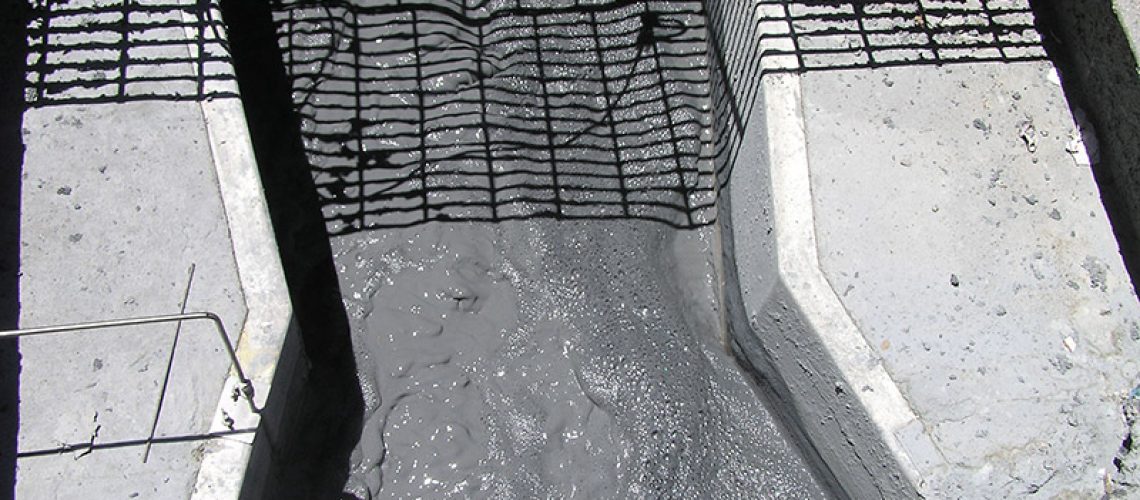Sanitary flows are one of the most common uses for flumes, but there are a few factors to keep in mind before you set up one of your own. Instead of rating your flume just for the maximum anticipated flow, you’ll also need to consider the content of the flow. Learn useful tips for sanitary flows, and discover how you can make sure your flume is prepared for the flows it’ll face.
Utilize an Appropriate Throat Size
The throat size for your flume is an essential aspect of its operation. Flumes with throat widths of less than 3 inches can work well for some flow channels, but that’s not always the case. If you expect any kind of debris coming through the channel, it’s not so much a matter of if your flume will clog; it’s a matter of when. Even plumbing lines connected to toilets increase to at least 4 inches when more than one toilet is attached.
Make sure you have the appropriate throat size before installation. An undersized flume integrated into a packaged metering manhole, for example, can be very difficult to fix. This is why it’s so important to consider how much debris is going to be coming through your flow before you settle on a particular kind of flume.
Avoid HS and H Flumes
If you’re dealing with sanitary flows, it’s generally best to avoid HS and H flumes altogether. These flumes taper off considerably as they get closer to the floor, and small sizes like 0.4-foot HS flumes only have a maximum opening of less than 2 inches. You’ll have to get a 0.8-foot HS flume at the least to even have a chance of passing any solids through the top. Even so, you’ll probably still run into clogs because most of the flume will still be too small for most debris to get through.
If you’re looking to implement a flume into a flow channel that comes from a prison, for example, just avoid these types of flumes entirely. Prisons get plenty of unique items flushed all the time, and they will virtually instantly clog up your HS or H flume when integrated into that line. A sewage grinder upstream of the flume could function as a mediator, but it’s not always enough.
Use Trapezoidal Flumes
Trapezoidal flumes are specifically designed to handle sanitary flows that have plenty of debris within. Their unique V-shaped design and flat bottom allow for easy passage of solids. Even when a clog happens, the pressure built up behind the clog generally pushes it out relatively quickly.
Even trapezoidal flumes aren’t immune to problems, however, and you’ll want to optimize your end adapter if you’re using them. If the end adapter is overly deep and is used in a system with low flow and high solids, you could see deposits occurring upstream of the flume itself in the adapter.
Flumes From Tracom
With these tips for sanitary flows in mind, it’s time to find the right flume for your flow channel conditions. That’s where Tracom is happy to help. We have a wide variety of flumes to choose from, or you can work with our team to develop a custom design that specially fits your unique flow channel conditions. Contact us today to get started!



